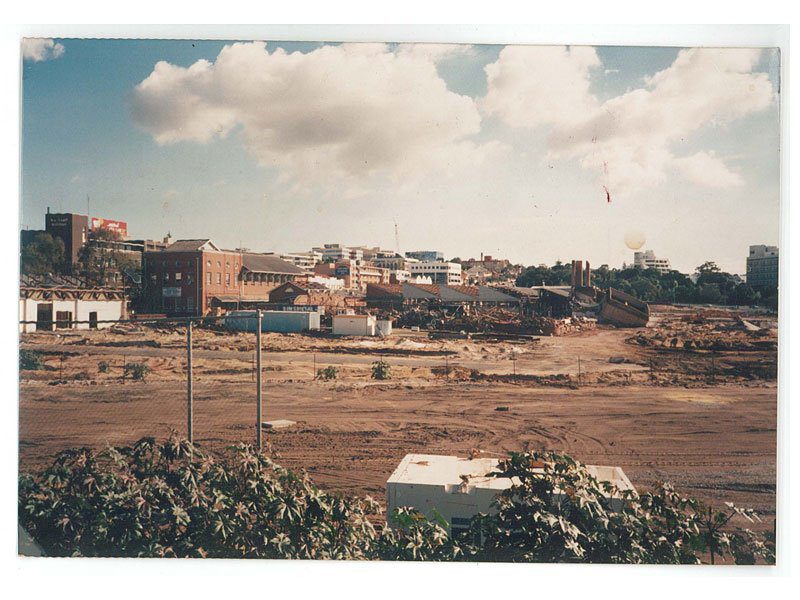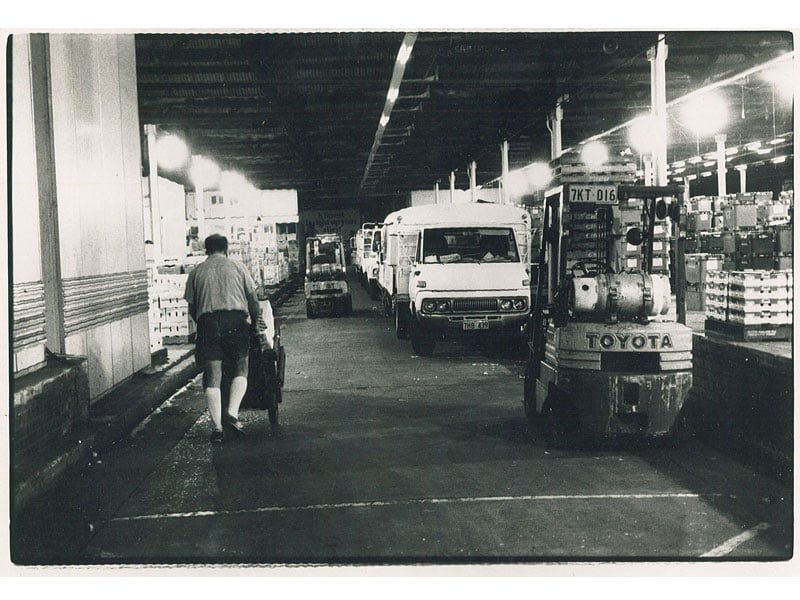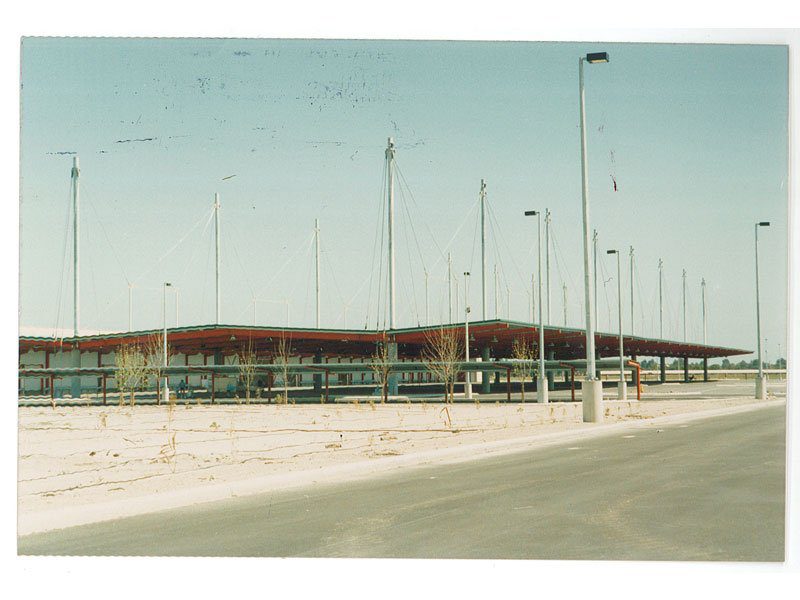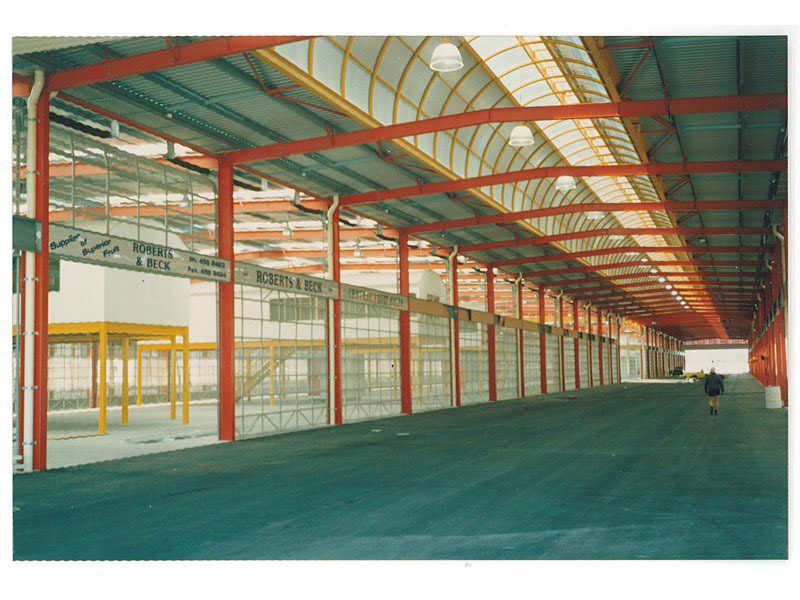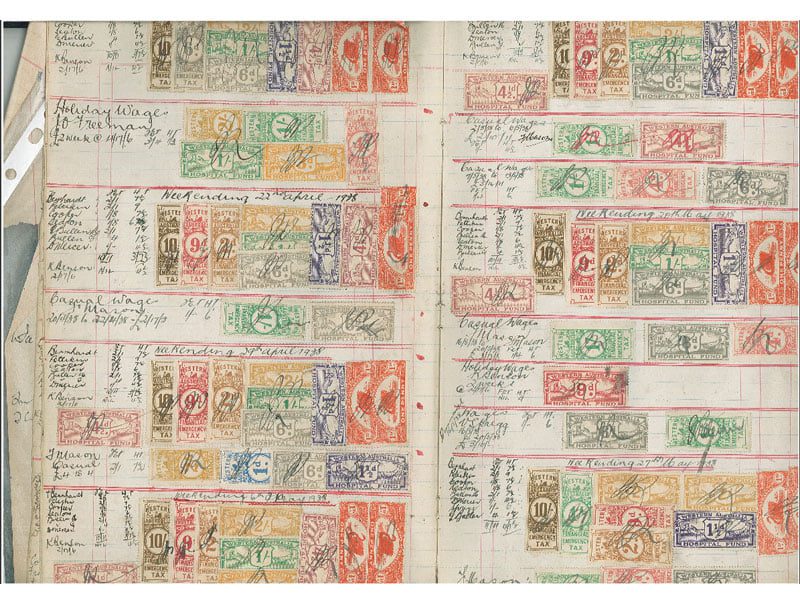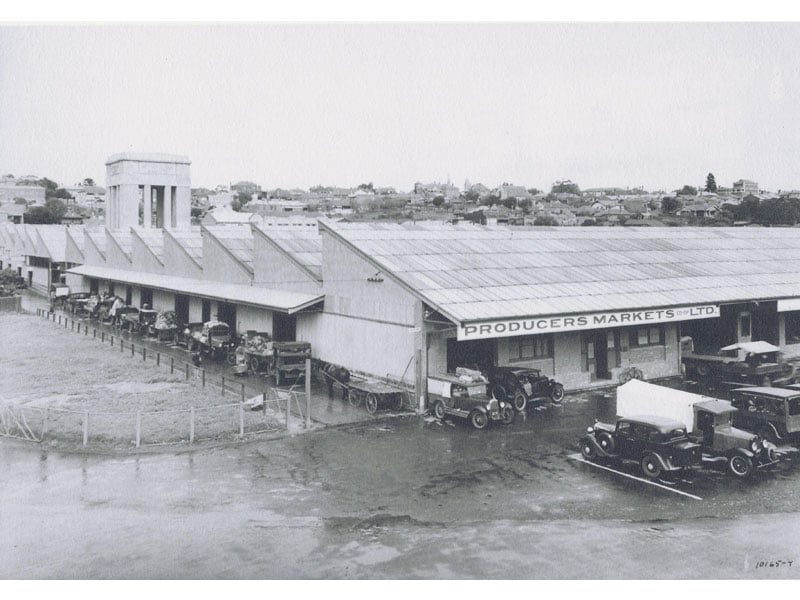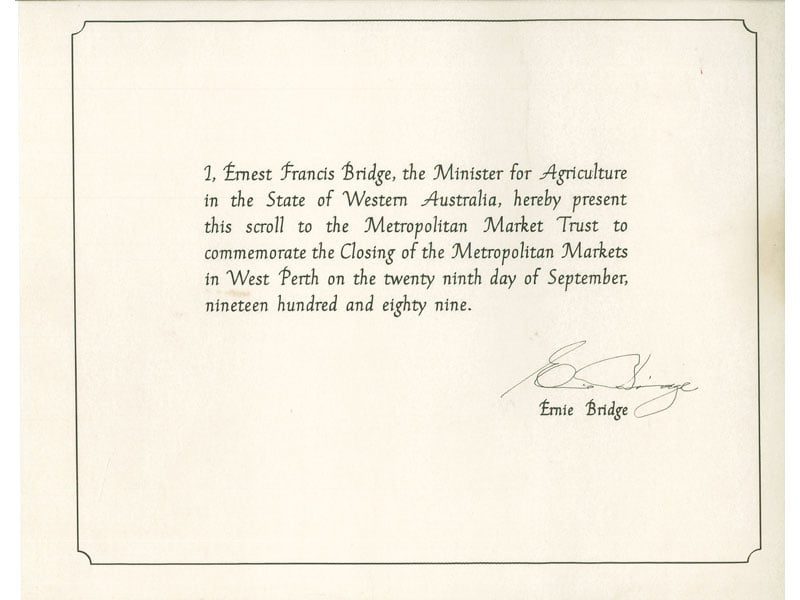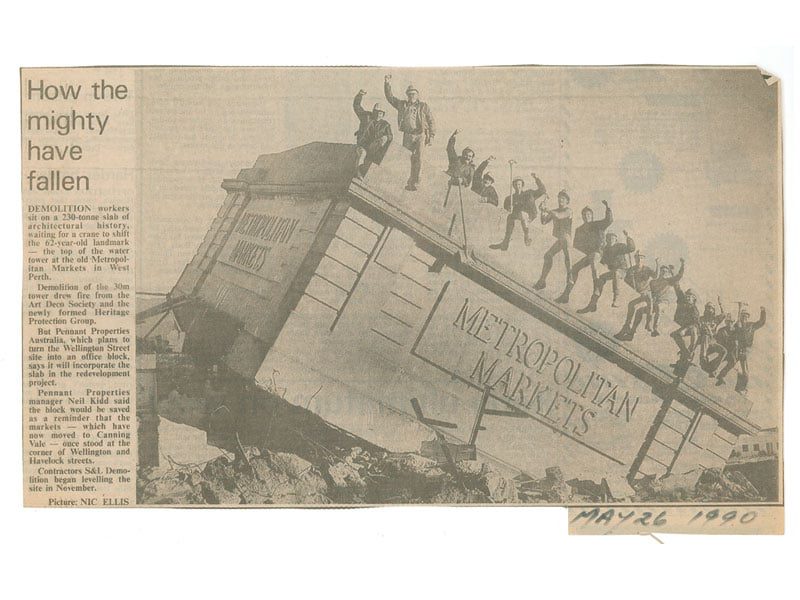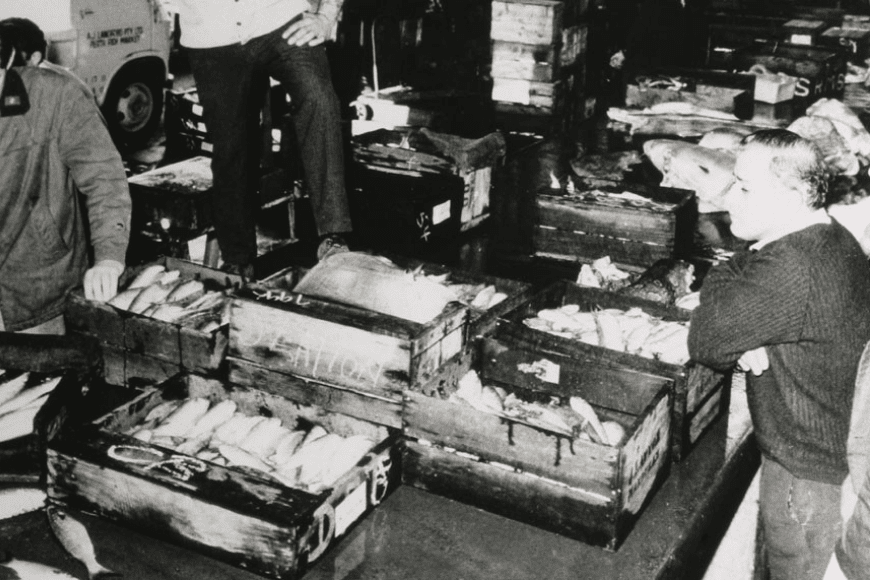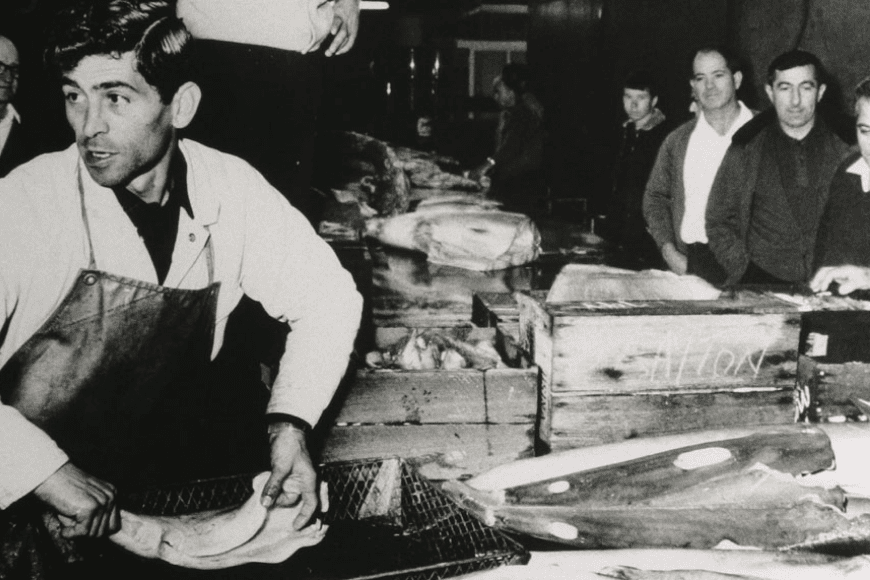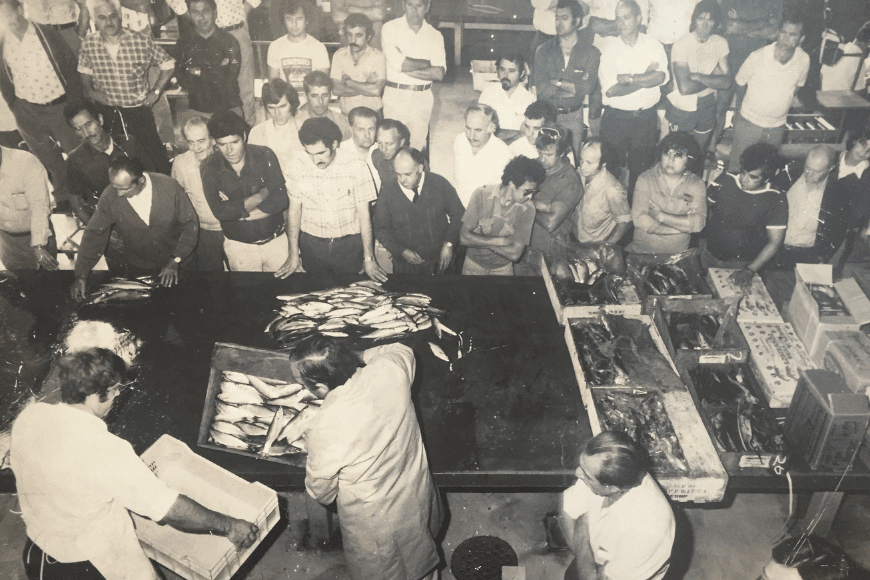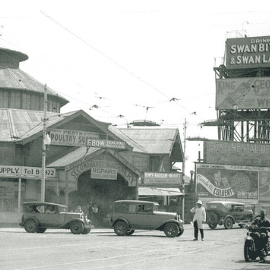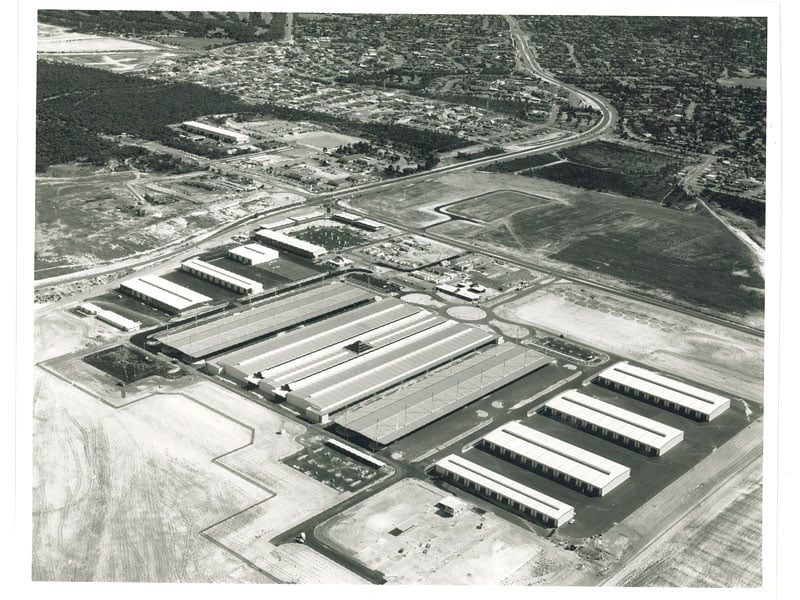
Our History ~ Our History ~ Our History ~ Our History ~ Our History ~ Our History ~ Our History ~ Our History ~ Our History ~ Our History ~ Our History ~ Our History ~ Our History ~ Our History ~ Our History ~ Our History ~ Our History ~ Our History ~ Our History ~
Throughout the 19th century, it was the usual practice for households to grow their own fruit and vegetables or informally trade with those who did. The population boom of the 1890s gold rush meant that the State had to import fruit and vegetables which lead to rapid growth in the local orchard and market garden industry.
In 1897, a centralised market was established on the corner of William and Wellington Streets by the City of Perth.
Most market gardens were established and worked by Chinese migrants until the 1920s. It was not a successful market and in the 1900s, auctioneer agents, merchants/packers, established business premises in Northbridge. This area became the main selling area for fruit and vegetables in competition with the Perth Market.
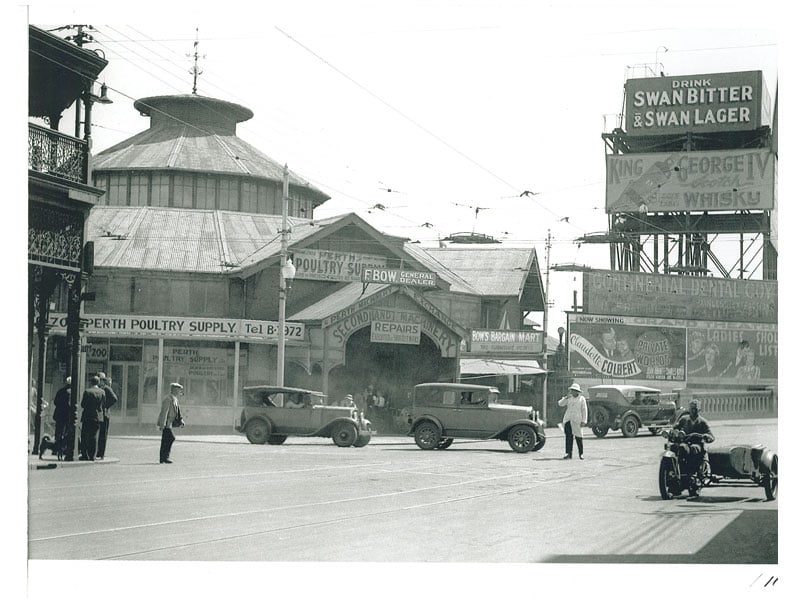
In the 1920s, the industry sought a resolution to the problems of congestion and hygiene in the area and lobbied the government for an exclusive market for the wholesale distribution of fruit, vegetables, meat and fish.
In 1926, the Metropolitan Market Trust was established under the Metropolitan Market Act to administer the new markets in West Perth which opened in June 1929 operating until 1989.
The Metropolitan Market Trust was constituted as a corporate body with the power to hold land, erect buildings for the sole purpose of marketing and to make By-Laws to control the market and all that it encompassed.
1989 saw the closure of the West Perth Metropolitan Markets and the opening of Market City, in Canning Vale.
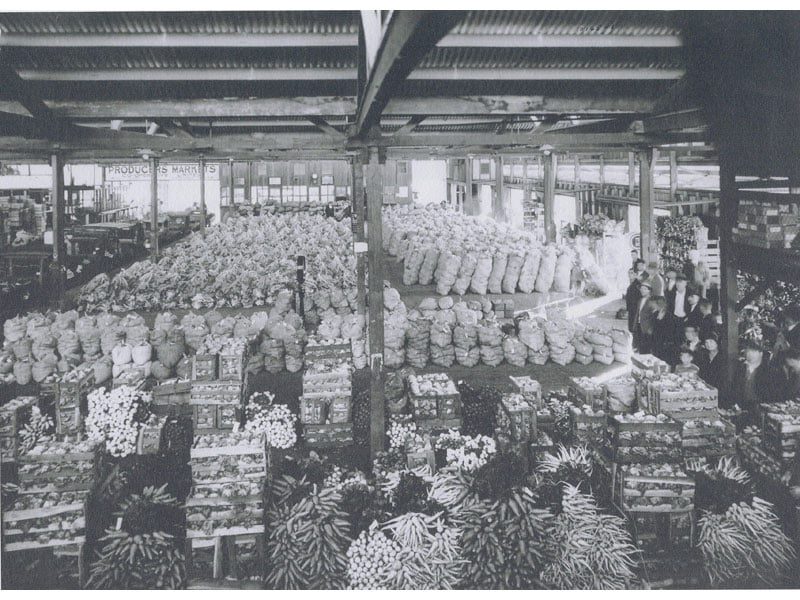
In 1990, the Act was amended to become the Perth Market Act, creating the Perth Market Authority as the governing body of the markets to replace the Metropolitan Market Trust.
The site was acquired by Perth Markets Limited with ownership assumed on 31 March 2016, from the Western Australian Government under its asset sales program.
In 2019 PML became Perth Markets Group Limited (PMGL) as part of the corporate restructure to streamline its operations.

